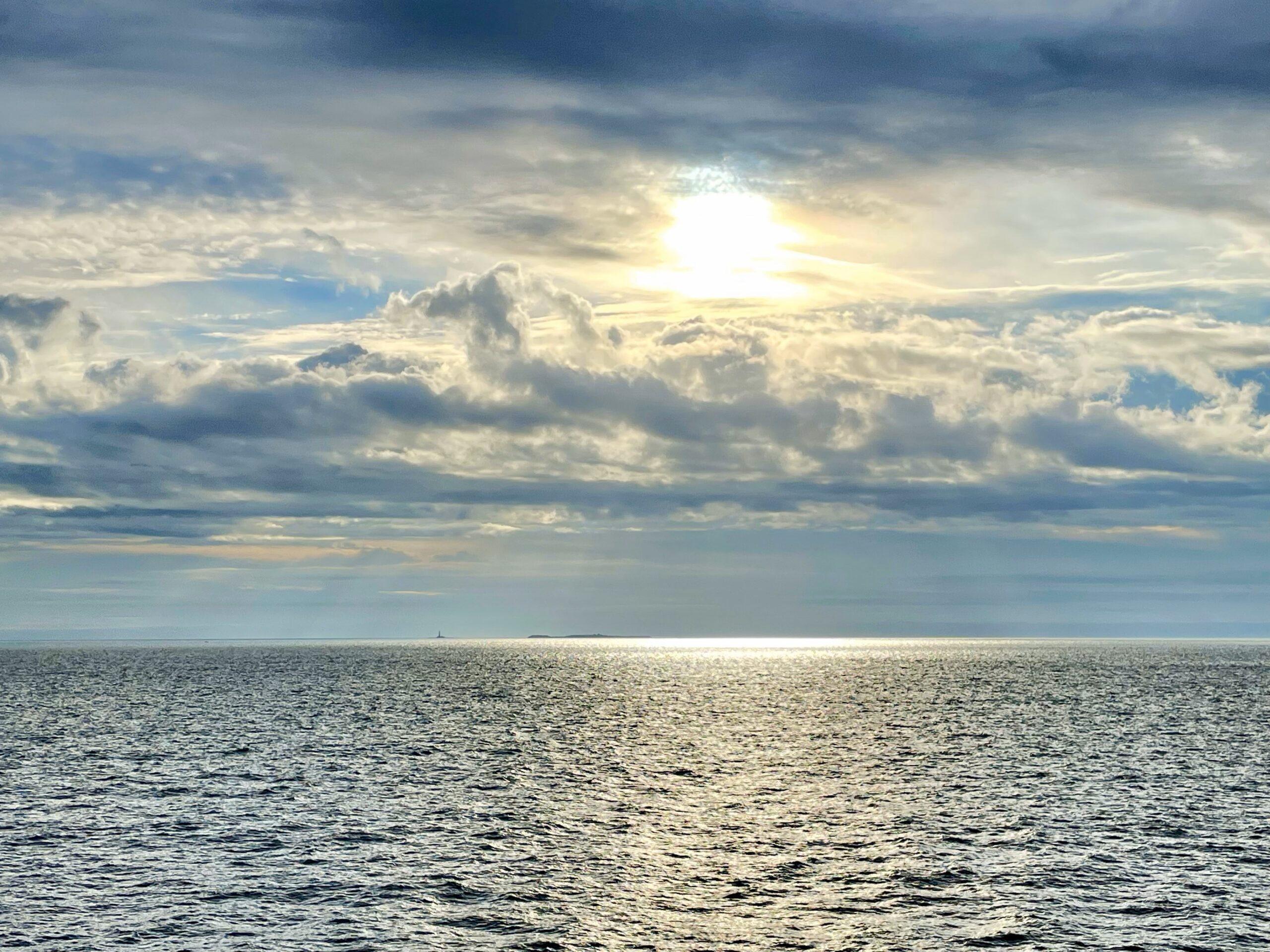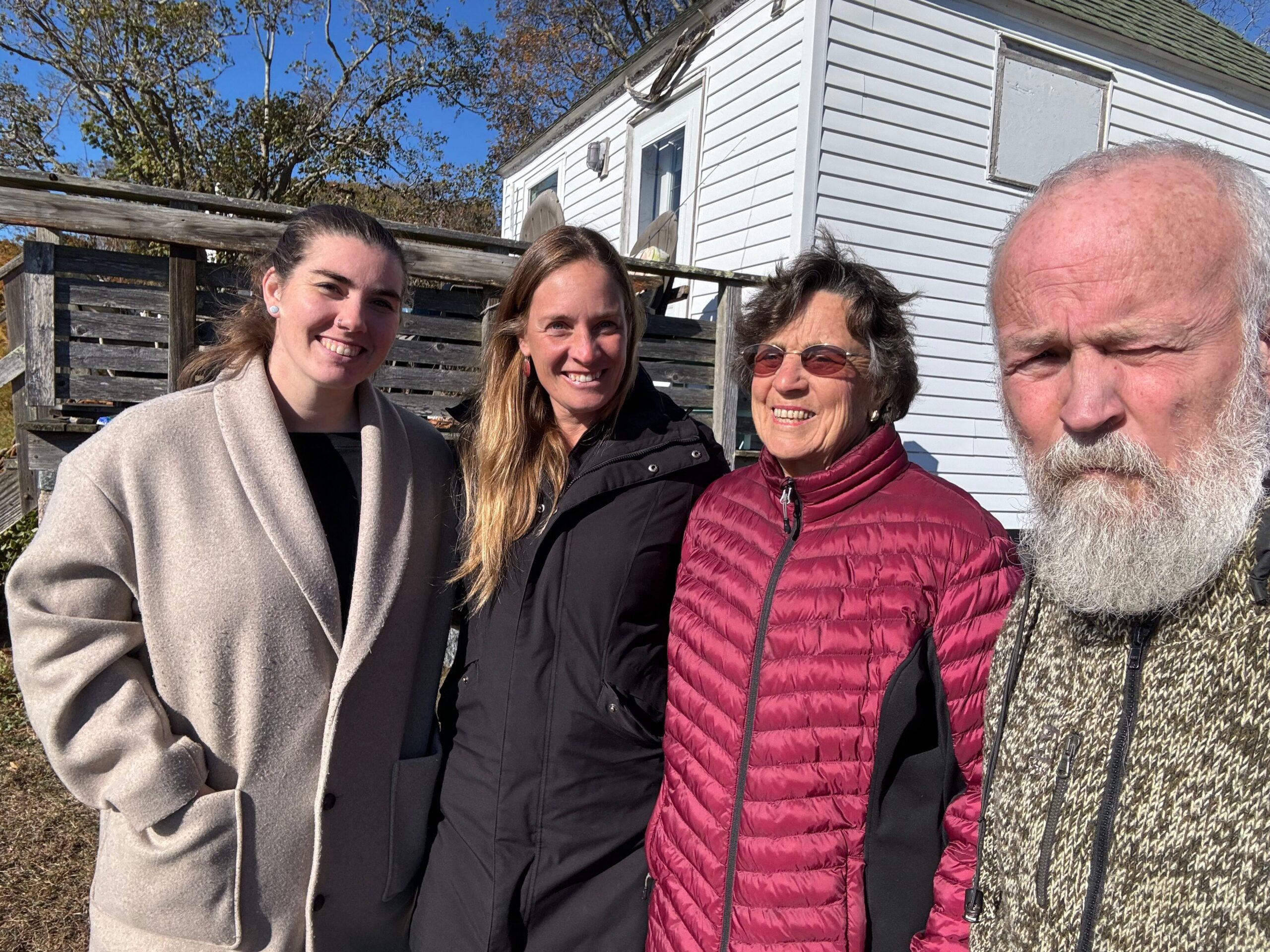
As part of Mystic Seaport Museum’s two-year initiative—generously funded by the Robert David Lion Gardiner Foundation—to catalog, digitize, and illuminate Long Island–related materials across our collections, I have been traveling throughout Long Island to meet with historians, curators, craftspeople, community leaders, and keepers of local memory. These visits allow us to strengthen relationships with organizations that preserve Long Island’s heritage, to learn from those who carry its stories, and to identify materials that complement and enrich the museum’s holdings. Each trip reveals new connections: between objects and the people who made or used them, between institutions stewarding parallel histories, and between Long Island’s maritime past and the communities that continue to live it. These journeys are helping lay the groundwork for a future Long Island Collections website—one that brings together images, archives, and narratives from across the region—and ensures that Long Island’s diverse and interwoven history is preserved, shared, and made accessible to all.
